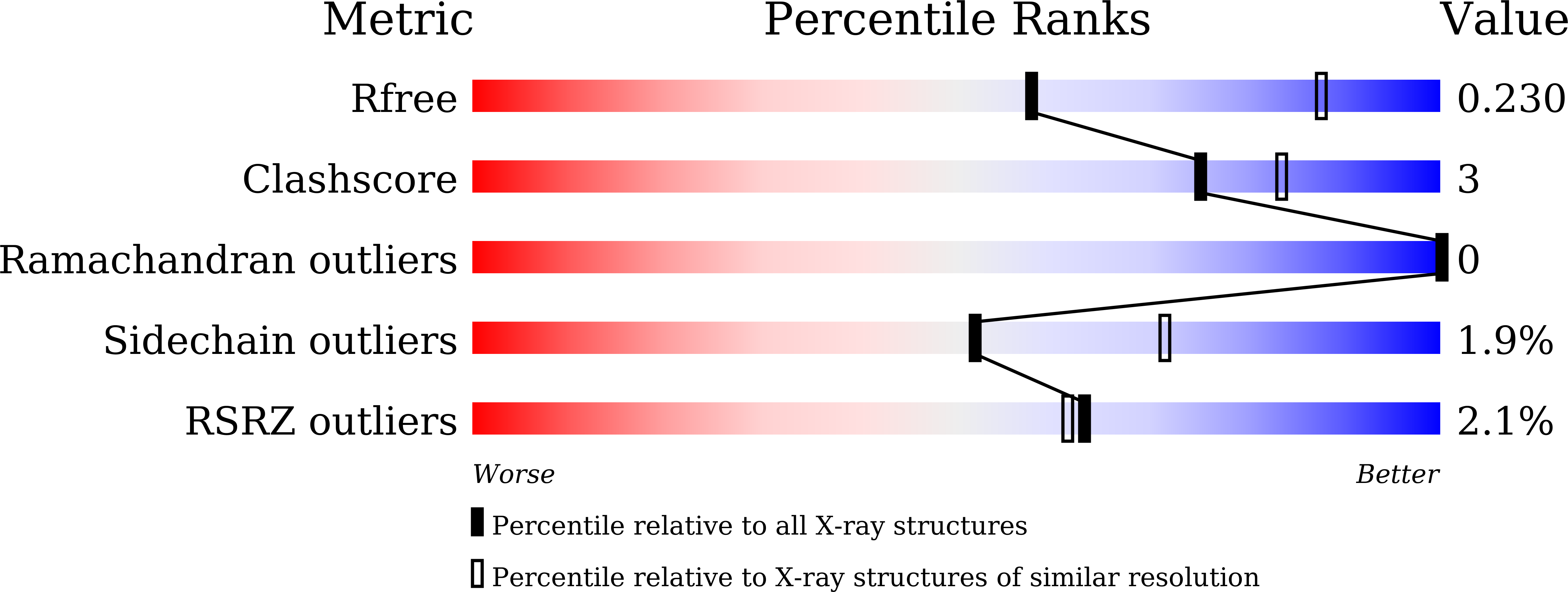
Deposition Date
2024-11-19
Release Date
2025-03-12
Last Version Date
2025-03-12
Method Details:
Experimental Method:
Resolution:
2.63 Å
R-Value Free:
0.22
R-Value Work:
0.19
R-Value Observed:
0.20
Space Group:
H 3


